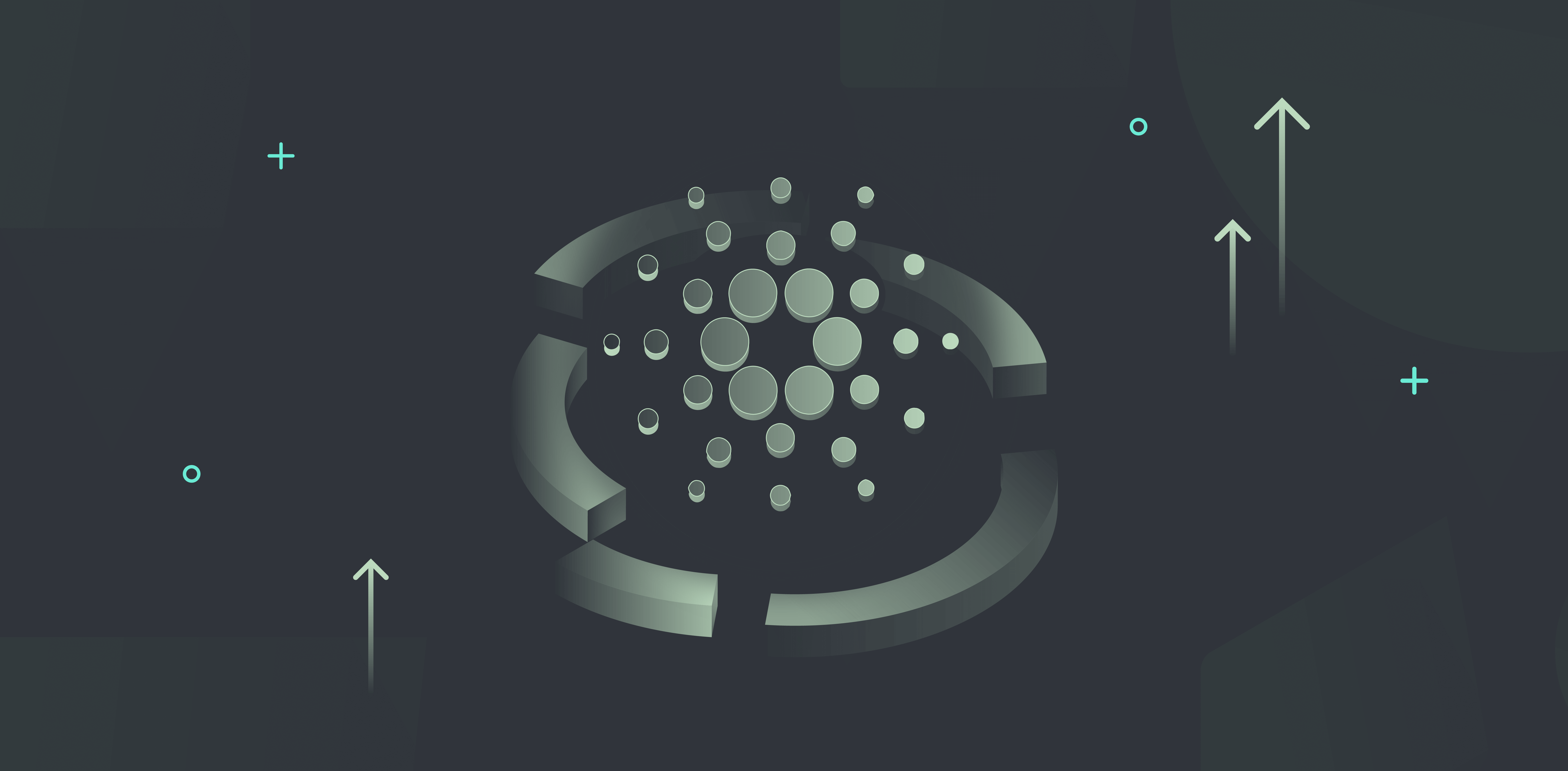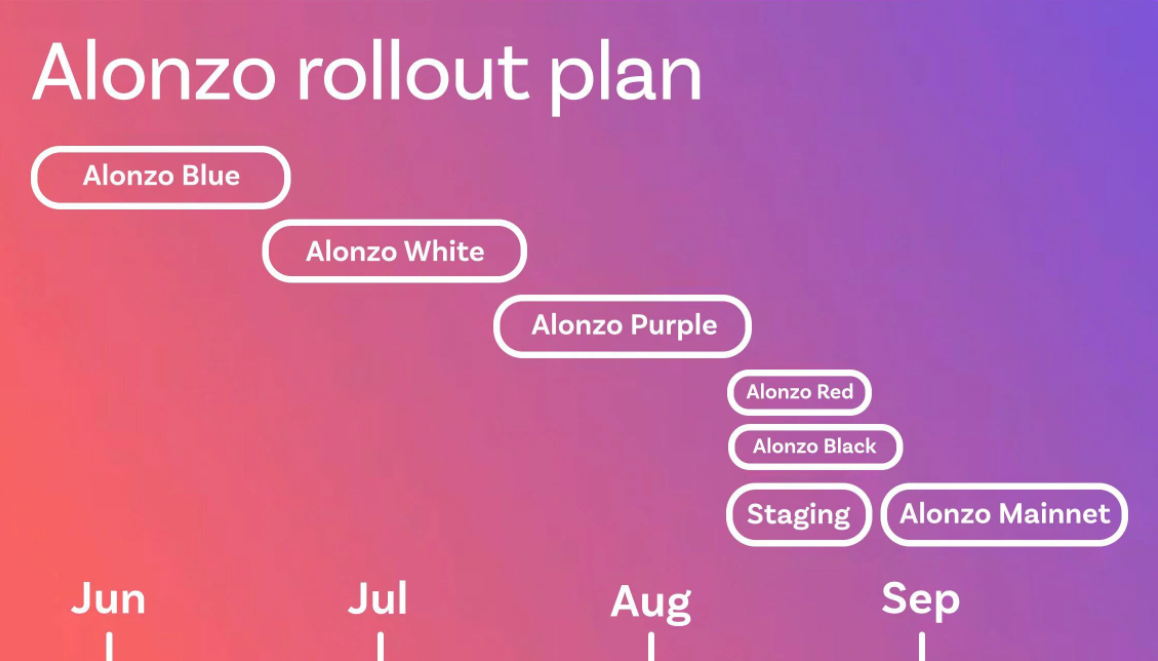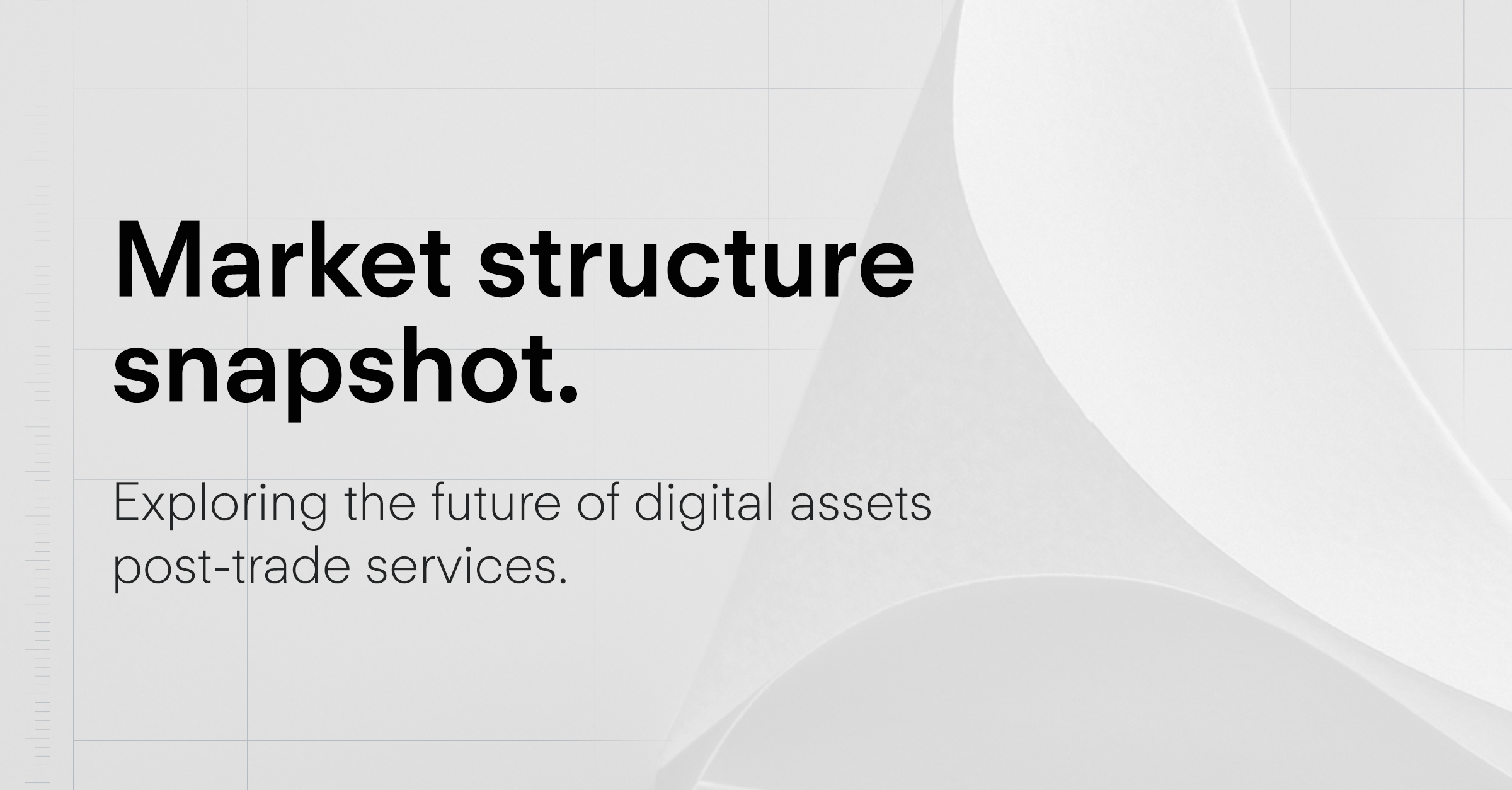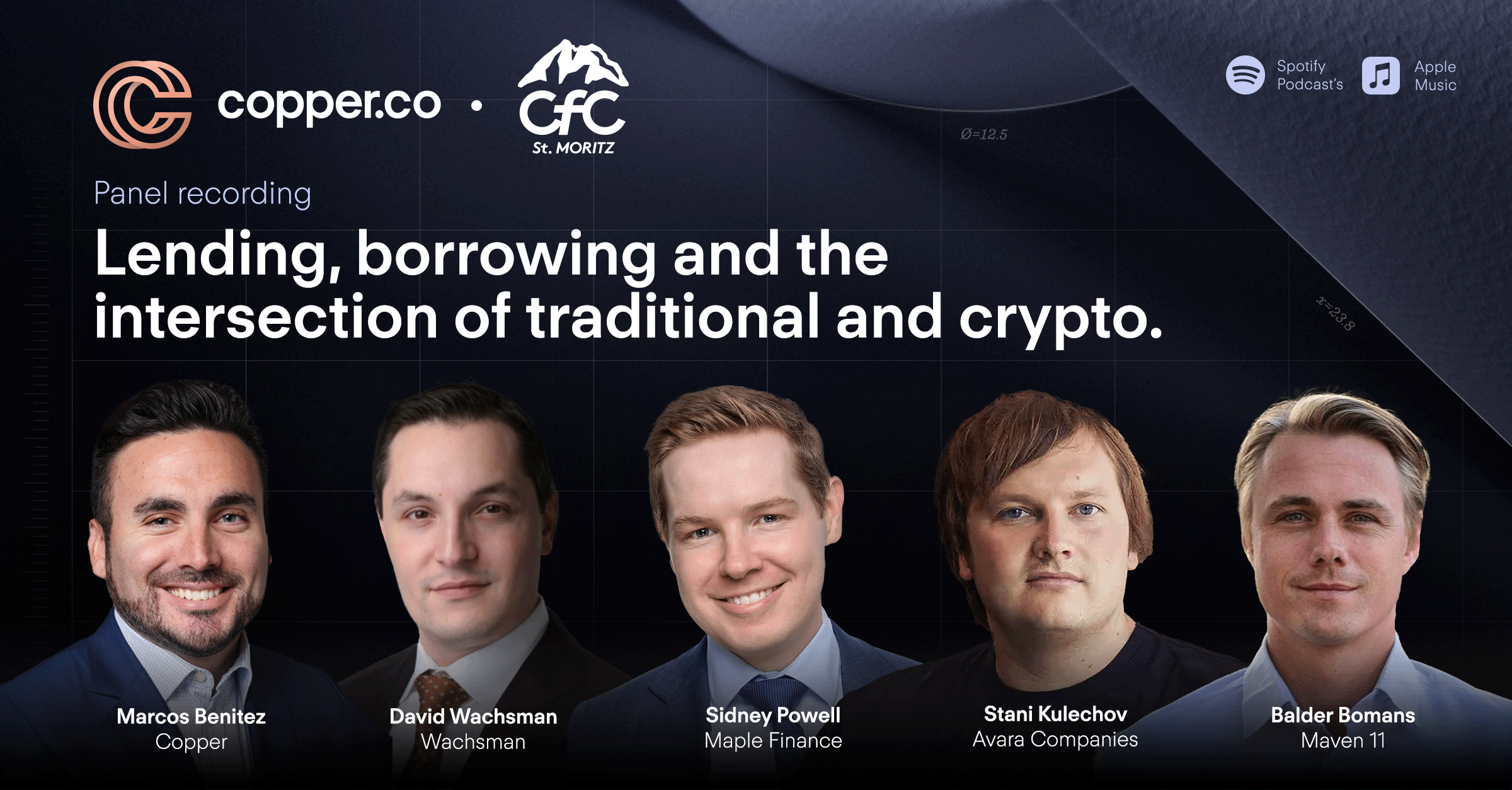
Cardano has indisputably been one of the fastest-growing cryptoassets this past year.
Year to date, ADA has seen returns of over 1,300% and in the process unseated Binance Coin to secure the coveted (and ever-changing) third spot in the crypto market cap ranking.
Despite this spectacular growth, it’s not breaking news to point out that there’s little awareness of what Cardano actually is. Nor is there much understanding about the imminent Alonzo hard fork. Expected to occur sometime on Sunday 12 September, the upgrade promises to deliver new capabilities to Cardano through the integration of Plutus scripts.
Founded in 2015, Cardano is open-source, proof-of-stake platform and the brainchild of mathematician, technology entrepreneur and Ethereum co-founder, Charles Hoskinson.
Hoskinson, who serves as CEO of the blockchain research and engineering company behind Cardano, IOHK, established Cardano based on rigorous peer-reviewed research and a comprehensive development model.
Cardano’s development road map is divided into five main stages – each focused on expanding the functionality of the network. These are: Byron, Shelley, Goguen, Basho and Voltaire.
Today, the project is on the cusp of achieving the objectives outlined in the Goguen stage of the roadmap. This will see smart contract functionality arrive on the network via the Alonzo hard fork, which has the crypto universe waiting with bated breath.
Named after Alonzo Church, a US mathematician and one of the founding fathers of computer science, the major upgrade is being rolled out in colour-coded stages: Alonzo Blue, Alonzo White and Alonzo Purple, leading up to a hard fork expected at around 12 September 2021.

At the time of writing, the Alonzo upgrade is in phase Purple, having completed the Blue and White upgrades. There are also two smaller components post Alonzo Purple, colloquially referred to as Alonzo Red and Alonzo Black, which are reserved for final bug fixes.
Once the upgrade is successfully implemented, developers will have the opportunity to create projects in niches such as DeFi, NFTs and dApps - meaning Cardano will likely become a serious challenger in the smart contract space.
Programmers for Cardano’s smart contracts will use one of three languages: Plutus, Marlowe or Glow.
Plutus and Marlowe are both embedded by Haskell, a programming language popular in academia and industry, earning it a strong reputation for robustness.
Hoskinson, who often takes to Youtube to share updates and thoughts on the current state of the network’s development, has expressed that the emergence of easier dApp building will bring with it more projects that can help solve real-world problems.
Last year, IOHK partnered with the Ethiopian government to track the performance of over five million students in local schools. The project will give each student a tamper-proof academic record that could help them secure jobs or study abroad.
Since the launch of Ethereum 2015, Vitalik Buterin’s brainchild has dominated most of the DeFi space. However, the platform has also faced a number of hiccups and is currently hampered by scalability issues and high network fees, allowing rivals such as Binance Smart Chain, Polkadot and Solana to steal market share.
Cardano, on the other hand, has garnered both criticism and praise for its preference in taking a meticulous, research-based approach to the blockchain, which has ultimately led to the project developing less quickly than its competitors.
So while smart contract capabilities for Cardano have been a long time coming, Alonzo marks only the beginning for Cardano.
With the Cardano community also recently welcoming the release of the new Djed stablecoin whitepaper on 17 August, it certainly seems there’s a whole lot in store for this platform.
Insights

Market Insights
23.01.2024

Coppercasts
12.07.2024

Company News
23.07.2024